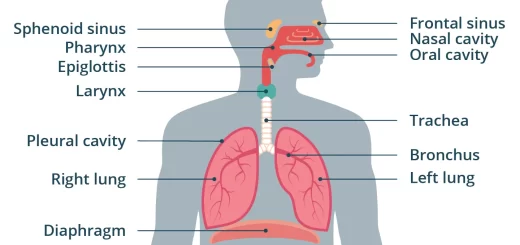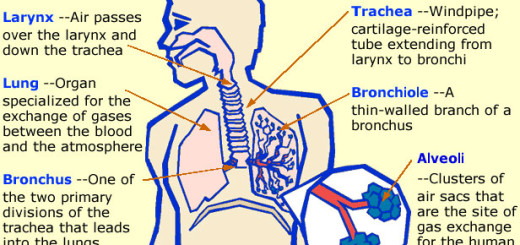Structure of the human body
The body of the living organism consists of a group of systems, Each system consists of a group of organs, Each organ consists of a group of tissues, Each tissue consists of a group of similar cells, The cell is the smallest building unit of the body of the living organism which is made up of a group of systems.
Structure of the human body
The human body is composed of a group of systems which are the digestive system, the respiratory system , the urinary system, the circulatory system, the nervous system and the reproductive system.
The digestive system digests and absorbs the food, while the respiratory system carries out the respiration process, There is the urinary system in the human body which helps the body to get rid of harmful substances.
The circulatory system carries out the transport function in the human body, where it distributes the digested food and oxygen gas all over the body cells and carries the wastes away from the body.
The nervous system gives us the ability to feel, see, hear, smell and taste, while the reproductive system produces new individuals who look like us, the living organisms are classified into animals (including humans) and plants.
All living organisms have common properties as nutrition, motion, respiration, excretion, sensation and reproduction.
You can download the Science online application on Google Play from this link: Science online Apps on Google Play
Role of the respiratory system in the excretion process in man & Respiration in plant
Important excretory organs in man’s body & Structure of the urinary system
Small intestine, Absorption of digested food, Metabolism, Large intestine and defecation
Nervous system in man, Nerve cells types & Nature of nerve impulse



